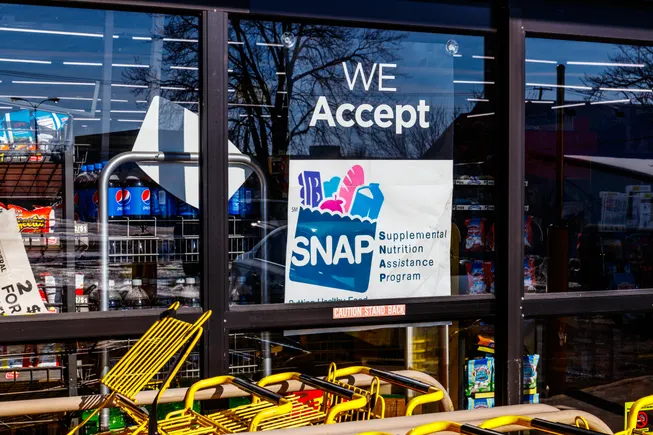Grocers are facing a wave of upcoming changes to the SNAP program due to the spending and tax bill signed by President Donald Trump earlier this month. Additionally, several states have been granted permission to exclude items like candy and soda from SNAP eligibility.
The One Big Beautiful Bill Act signed by Trump includes $186 billion in SNAP cuts over a decade, primarily linked to revised eligibility criteria expected to reduce the number of program participants, according to Stephanie Johnson, Group Vice President of Government Relations and Political Affairs at the National Grocers Association.
Some significant changes to SNAP in the tax bill include:
- Expansion of SNAP eligibility work requirements to encompass parents with children aged 14 and older and individuals under 65 (previously 55).
- Restriction of SNAP eligibility to U.S. citizens and lawful permanent residents, excluding certain immigrant groups such as refugees and asylum seekers.
- Elimination of the National Education and Obesity Prevention Grant program (SNAP-Ed).
- Requirement for cost neutrality in the Thrifty Food Plan, used by the USDA to determine SNAP benefit amounts.
- States to cover 75% of SNAP administration costs starting in fiscal year 2027.
- States to fund SNAP benefits based on their error rate starting in fiscal year 2028.
“The primary focus of these changes is to reduce the number of people eligible for SNAP,” said John Ross, CEO of the Independent Grocers Alliance.
Meanwhile, the USDA has granted waivers to six states, allowing them to limit certain products like candy and soda from SNAP eligibility. Several other states, including Kansas and Texas, are seeking similar waivers. These waivers not only affect retailers and consumers in the states receiving them but also neighboring states.
Preparing for the Impact
As states implement changes to SNAP participant eligibility, grocers may experience a decline in SNAP sales over the next six months and beyond, according to Johnson. The National Grocers Association estimates that cuts to SNAP eligibility could reach $88 billion over the next decade, leading to a potential 6.7% decrease in sales for grocers.
Impact of Work Requirements on SNAP Sales
Projected decrease in SNAP sales through 2034

